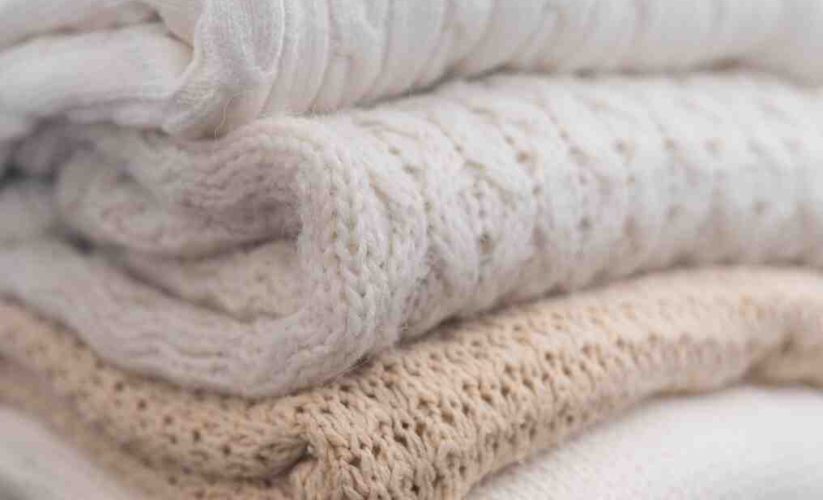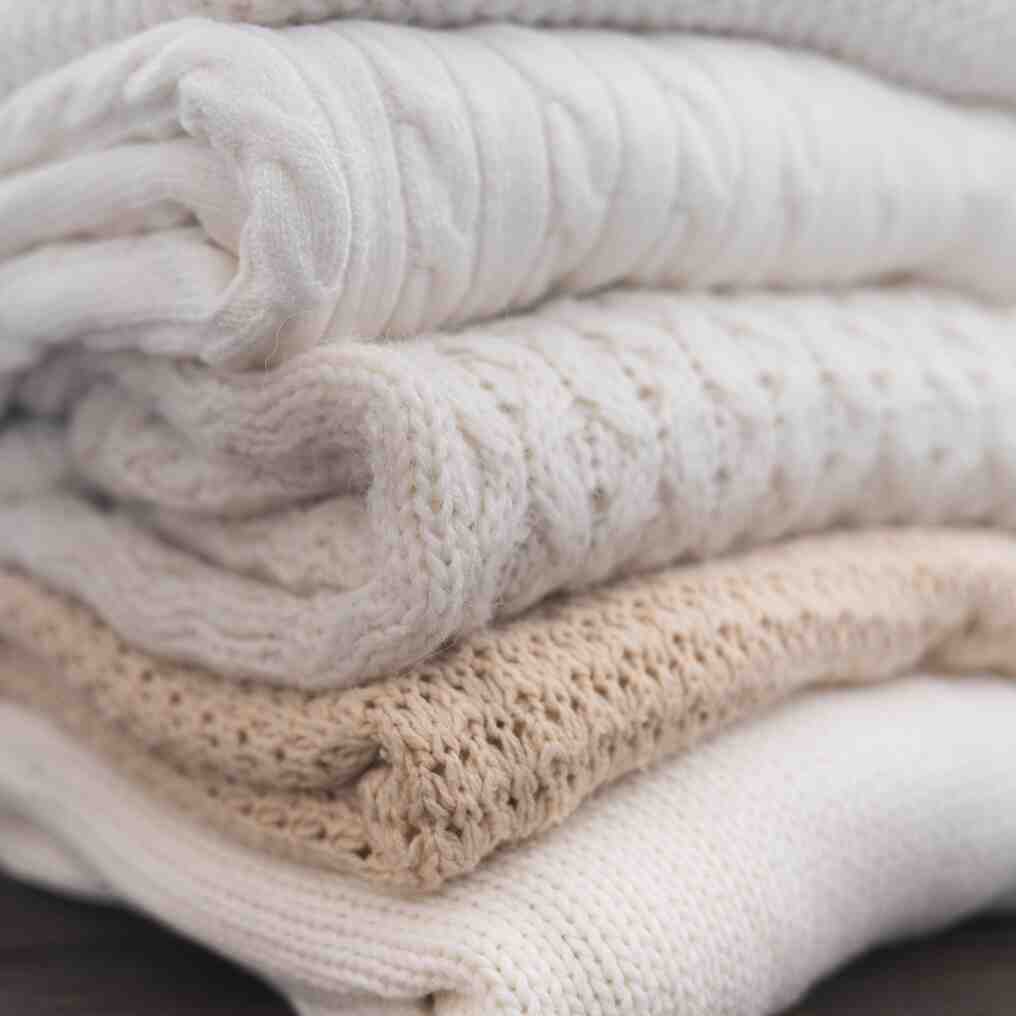
How to Make Your Own Baby Swaddle at Home
How to Make Your Own Baby Swaddle at Home
Swaddling is an age-old technique used to comfort newborns, helping them feel secure and calm by mimicking the warmth and snugness of the womb. It’s a practice that can also help babies sleep better and prevent the startle reflex, which can disrupt their sleep. Instead of purchasing swaddles from the store, making your own can be both a cost-effective and rewarding experience. This guide will take you through the simple steps of how to make your own baby swaddle at home.
Why Make Your Own Baby Swaddle?
Before diving into the “how-to,” let’s take a quick look at the reasons why you might want to make your own baby swaddle rather than purchasing one.
- Customization: When you make your own swaddle, you can choose the fabric, patterns, and colors that you love. This allows you to create a design that matches your baby’s nursery or personal style.
- Budget-Friendly: Swaddles sold in stores can be pricey, especially if you’re buying multiple ones for different occasions. Making your own allows you to save money while creating a high-quality product.
- Simplicity and Comfort: By choosing your materials and ensuring proper stitching, you can make a swaddle that’s soft, breathable, and gentle against your baby’s sensitive skin.
- Sentimental Value: There’s something special about using items you’ve made yourself. Making a swaddle adds a personal touch and can become a cherished item passed down through generations.
Now, let’s explore the process of creating your own baby swaddle.
Materials Needed for Making Your Own Baby Swaddle
Before you begin, it’s important to gather the necessary materials. Fortunately, you don’t need much, and the process is fairly simple.
- Fabric: The key to a comfortable swaddle is selecting the right fabric. Look for soft, breathable, and gentle fabric like cotton or muslin. Cotton is a lightweight, breathable material that is perfect for swaddling, while muslin is known for its ability to keep your baby warm without overheating. For warmer weather, organic cotton or bamboo fabric are also great choices, as they are both soft and breathable.
- Measuring Tape: To get the right dimensions for your swaddle, a measuring tape will help ensure accuracy.
- Scissors: To cut the fabric into the appropriate size.
- Thread and Needle or Sewing Machine: If you want to add a hem to your swaddle, you’ll need a needle and thread or a sewing machine.
- Iron: An iron will help to smooth out the fabric and give it a professional finish. If you choose to hem your fabric, ironing the edges before sewing will ensure straight seams.
Step-by-Step Guide to Making Your Own Baby Swaddle
Step 1: Choose the Fabric and Dimensions
The first step in creating a baby swaddle is selecting the fabric. As mentioned earlier, opt for a breathable, soft, and comfortable fabric. When it comes to the size of the swaddle, a typical swaddle is around 44 inches by 44 inches. However, depending on your preference and your baby’s size, you may want to adjust the dimensions.
A 42” x 42” square is usually ideal for newborns, but for a larger baby or a swaddle that can last longer, you may want to make the swaddle bigger, around 48” x 48”.
Step 2: Cut the Fabric to Size
Once you have chosen the fabric and decided on the dimensions, it’s time to cut the fabric. Use your measuring tape to mark the fabric to the desired dimensions and then cut carefully with a pair of sharp scissors. A rotary cutter can also be used if you have one. If you want to create multiple swaddles, make sure to cut the fabric for each swaddle carefully to the same size.
Step 3: Prepare the Edges
While many people like to leave the edges of a homemade swaddle raw for a more natural look, it’s a good idea to hem them to prevent fraying and give the swaddle a polished look.
To do this, fold the edges of the fabric over about a quarter-inch and then iron them to set the fold. Once the fabric is pressed, use a needle and thread (or a sewing machine if you prefer) to stitch along the fold. Be sure to use a gentle stitch that won’t irritate your baby’s skin.
If you’re using a machine, a straight stitch or zigzag stitch will work perfectly for securing the edges.
Step 4: Add Extra Touches (Optional)
If you want to get creative, this is the step where you can add some personalized touches to your swaddle. You can use fabric paints, embroidery, or patches to add patterns or words to your swaddle. This step is completely optional, but it can make your homemade swaddle extra special.
For example, you could embroider a sweet message like “I love you” or add small stars, hearts, or other cute designs that match your nursery theme.
Step 5: Iron for a Smooth Finish
After you’ve sewn the edges, give your swaddle one final press with the iron. This will smooth out any wrinkles and ensure the fabric is soft and easy to fold.
You’re now ready to use your swaddle!
Tips for Using and Caring for Your Homemade Baby Swaddle
Now that you’ve successfully made your swaddle, let’s cover a few tips for using and maintaining it.
- Proper Swaddling Technique: It’s important to learn the correct way to swaddle your baby. Begin by laying the swaddle flat on a surface, then fold down one corner. Place your baby’s head at the folded corner and gently wrap their arms snugly in the fabric, folding over the sides. Make sure the baby’s hips can move slightly to prevent hip dysplasia, which can result from too-tight swaddling.
- Use Swaddles Safely: Always ensure your baby’s face is not covered, and never swaddle them too tightly. Babies should never sleep with their swaddle if they can roll over, as this can increase the risk of suffocation.
- Wash Before Use: Be sure to wash your homemade swaddle before using it. Wash the fabric with a gentle detergent to ensure that it is safe for your baby’s skin.
- Proper Care: To maintain the softness of the fabric, wash the swaddle in cold water and air-dry it or tumble dry on low heat. Avoid fabric softeners or harsh chemicals, as these can irritate your baby’s delicate skin.
Conclusion
Making your own baby swaddle at home is a simple, cost-effective, and rewarding project. With just a few basic supplies and a little time, you can create a cozy, soft, and personalized swaddle that will help your baby feel comfortable and secure. Whether you’re a first-time parent or someone looking to add a personal touch to your baby’s essentials, this DIY project is a perfect way to make something special for your little one.



